
Unit 3: Revolutions and Reaction
Lesson F: Costs and Benefits of Industrialization in The West
Opening: Industrialization and Urbanization
As the First and Second Industrial Revolutions continued, people achieved a higher standard of living. Trade, transportation, and daily life became more "modern." Although these changes were felt all over the world, much of this change was concentrated in cities. Urbanization was the result of people moving from rural to urban areas. This led to more opportunities for more people. However, the benefits came at a cost.
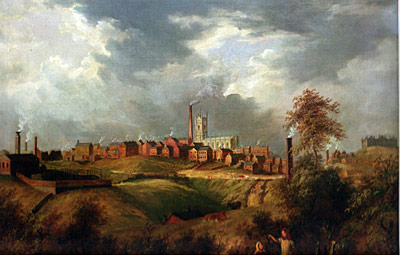
Oldham, England, 1831 [1]
To better understand the role of cities and their impact on industrialization, consider the role of cities currently. Technology has drastically improved transportation and communication in and around cities. Cities provide jobs, education, and entertainment, but these come at the cost of money, time, and space.
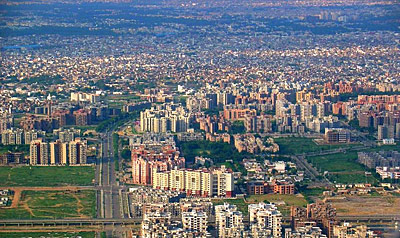
Delhi, India, Present Day [2]
Directions: Examine each of the newspaper headlines below. Think about how each reflects costs and benefits of life in the city. Answer the notebook questions when you have finished reviewing the headlines.

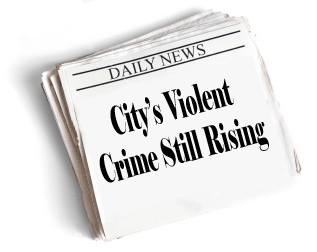
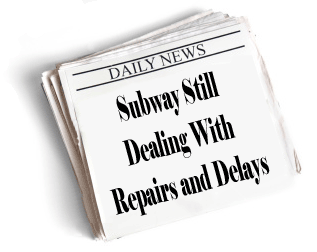
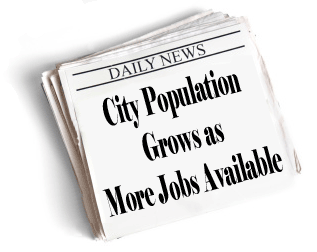


Written Activity - Notebook
In your notebook, respond to the following questions:
- What types of benefits are provided by urban life?
- What types of problems come with urban life?
Changes to population and the growth of cities were a result of industrialization. Go on to the next activity to learn about the causes and impacts of these population changes.
Page Notes:
[1] Source: This image from http://en.wikipedia.org/wiki/File:Oldham_From_Glodwick.png is in the public domain because its copyright has expired.
[2] Source: This image from http://en.wikipedia.org/wiki/File:Dwarkasc2.jpg has been released into the public domain by its copyright holder.

